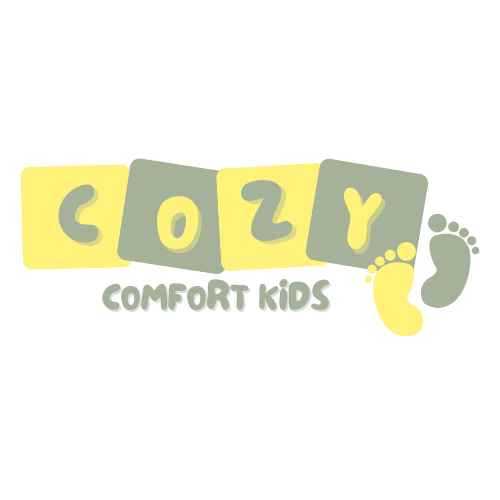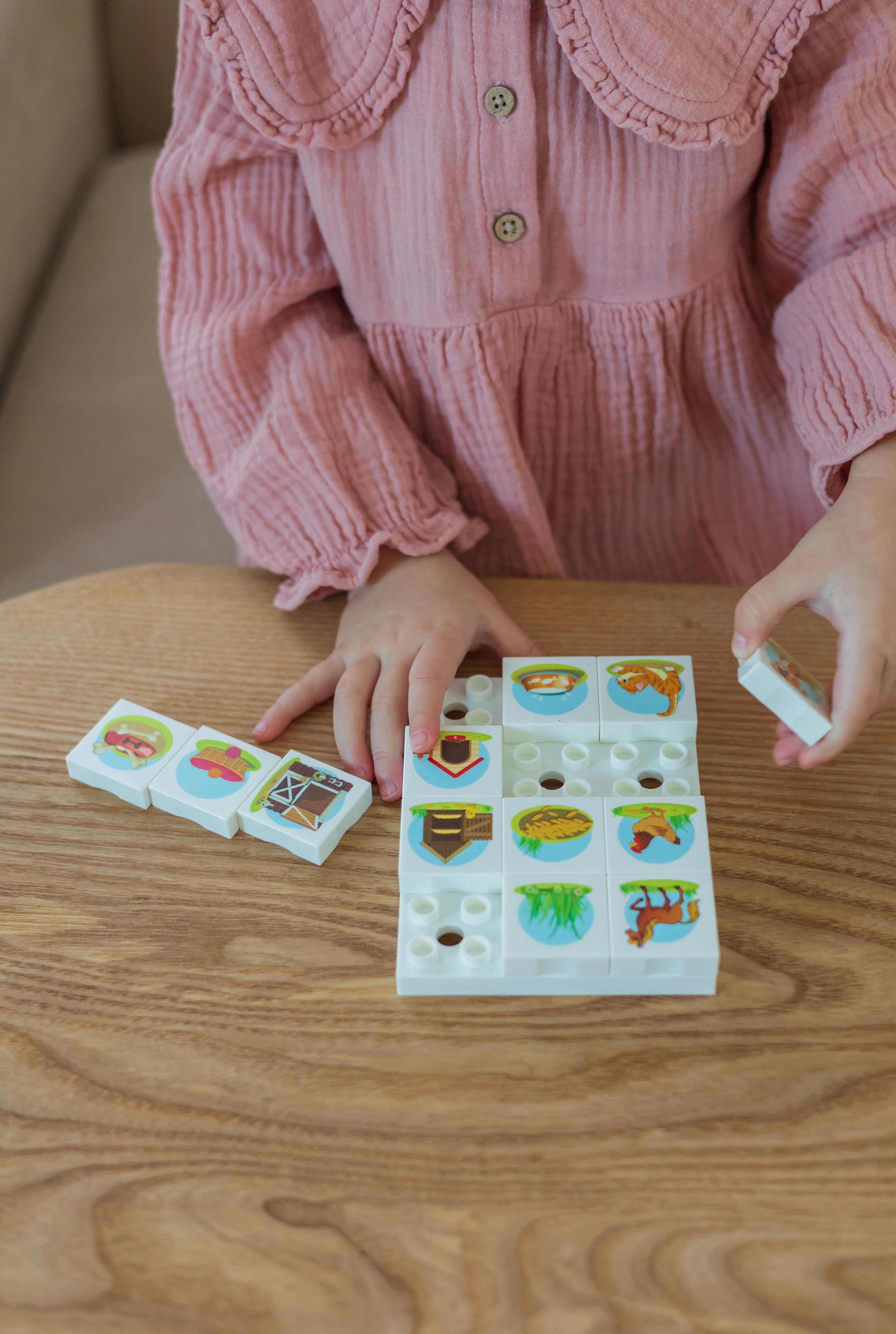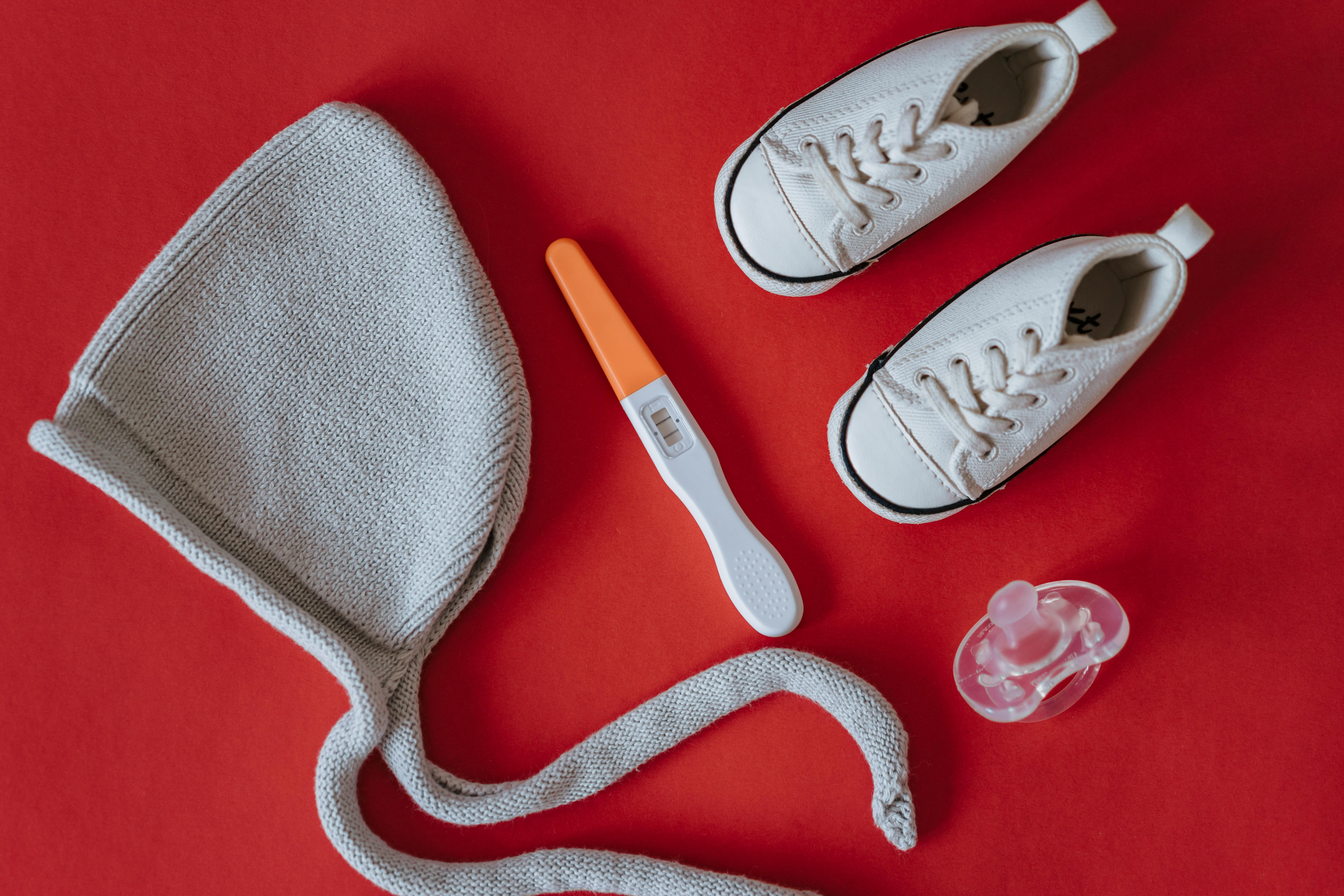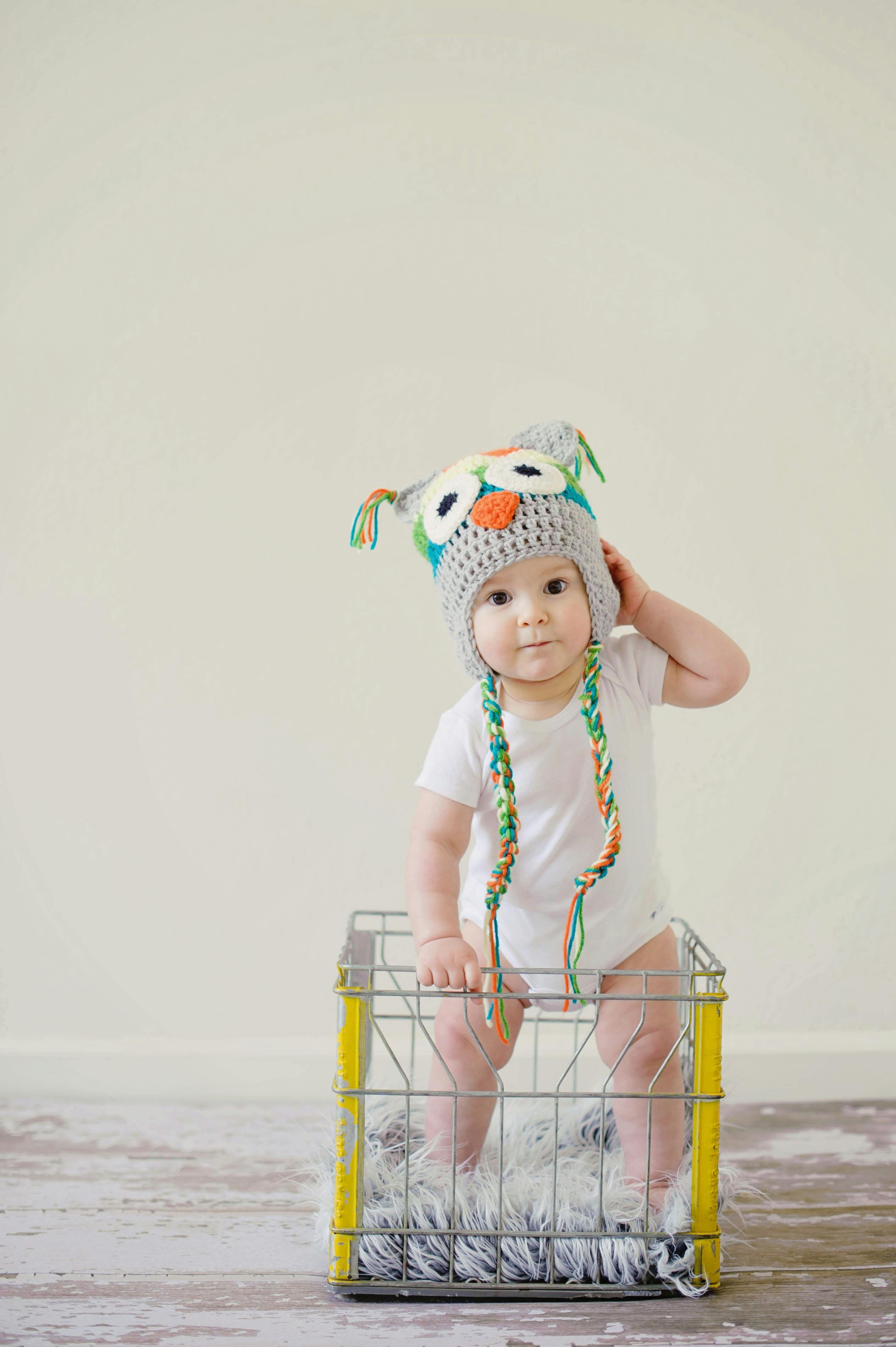If you’ve ever watched your little one giggle at a game of peekaboo or light up while stacking blocks, you’ve seen the power of play in action. For babies and toddlers, play isn’t just entertainment — it’s how they learn, grow, and understand the world around them.
Think of play as your child’s first classroom. Every toy, every game, and even every spoon banged against a pot is teaching them something new. In this blog, we’ll explore why play is so important, share fun and simple activities you can try at home, and show you how these everyday moments build the foundation for lifelong learning.
Why Play Is the Brain’s Best Teacher
Play fuels curiosity, problem-solving, and creativity. It strengthens both the mind and the body. In fact, research shows that play directly supports cognitive, social, and emotional development in children under three.
As Dr. Stuart Brown, founder of the National Institute for Play, explains: “Play is not just an activity; it’s a vital way for the brain to learn and adapt.”
👉 Practical Tip: Don’t overcomplicate things. Even five minutes of playful interaction a few times a day makes a big impact.
Age-Appropriate Play Ideas That Work Wonders
Infants (0–6 months):
-
Tummy time for strengthening neck and shoulder muscles.
-
High-contrast toys or simple black-and-white cards for vision development.
-
Gentle songs and rhymes to build listening and language skills.
Babies (6–12 months):
-
Peekaboo to teach object permanence (understanding that things still exist even when hidden).
-
Stacking soft blocks to practice hand-eye coordination.
-
Musical play with rattles or shakers to develop rhythm and motor skills.
Toddlers (12–24 months):
-
Pretend play like cooking with toy pots or “feeding” a doll.
-
Simple puzzles to boost problem-solving.
-
Dancing and movement games to improve coordination.
👉 Practical Tip: Rotate toys every couple of weeks. Fresh choices keep playtime exciting and stimulating.
Household Items Make the Best Toys
Here’s a secret: you don’t need a playroom full of gadgets for your baby to learn. A cardboard box can become a tunnel, a wooden spoon doubles as a drumstick, and scarves turn into magical peekaboo props.
Babies explore through touch, sound, and movement, and simple household objects often spark the most creativity.
👉 Practical Tip: Create a “safe play basket” filled with everyday items like measuring cups, plastic containers, and soft cloths. Rotate them in and out for endless discovery.
The Balance Between Free Play and Guided Play
Both free play (child-led) and guided play (parent-led) have benefits. Free play allows children to explore and experiment on their own, while guided play gives them structure and introduces new skills.
A study published in Developmental Psychology found that guided play led to stronger learning outcomes in toddlers compared to direct instruction. The key? Children learn best when they’re engaged and having fun.
👉 Practical Tip: Mix it up. Let your child explore freely, but also join in to gently guide activities like building a tower or sorting shapes.
How Play Builds Bonds
Play isn’t just good for babies — it’s good for parents, too. When you laugh, clap, and explore together, you’re strengthening your relationship and building trust. These moments help your baby feel secure and loved, which is just as important as learning new skills.
👉 Practical Tip: Set aside at least 10–15 minutes of distraction-free playtime each day. No phone, no chores — just you and your little one.
The Takeaway: Every Giggle Is Growth
Play is more than just fun — it’s how babies learn about themselves, their families, and the big world waiting for them. Whether you’re rolling a ball, stacking blocks, or dancing in the living room, you’re giving your child the best kind of education: one built on joy, curiosity, and connection.
So next time you hear that sweet baby laugh, know that it’s not just playtime — it’s brain-building time.





